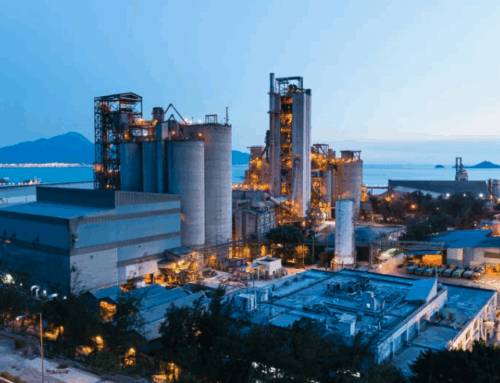Economic-development tax incentives more than tripled over the past 25 years, offsetting about 30% of the taxes the companies receiving incentives would have otherwise paid in 2015, compared with about 9% offset in 1990, according to an analysis of incentives covering more than 90% of the U.S. economy.
By 2015, the total annual cost of these incentives was $45 billion, according to the analysis, by Timothy Bartik, a senior economist at the W.E. Upjohn Institute for Employment Research in Kalamazoo, Mich. The study looked at 47 cities in 32 states plus the District of Columbia.
Total incentives are likely higher because the analysis didn’t include some used by cities, including Elyria, such as city income tax rebates for companies.
“The national headwinds are not in favor of these older, industrial small-to-midsize places,” said John Lettieri, senior director of policy and strategy at the Economic Innovation Group, a nonprofit, bipartisan research and advocacy organization. The cities are often tied to a single sector and tend to have more-static economies, with a low rate of firm formation and little growth or even declines in population, he said.
…
By: Ruth Simon, The Wall Street Journal
Read the full article here.





